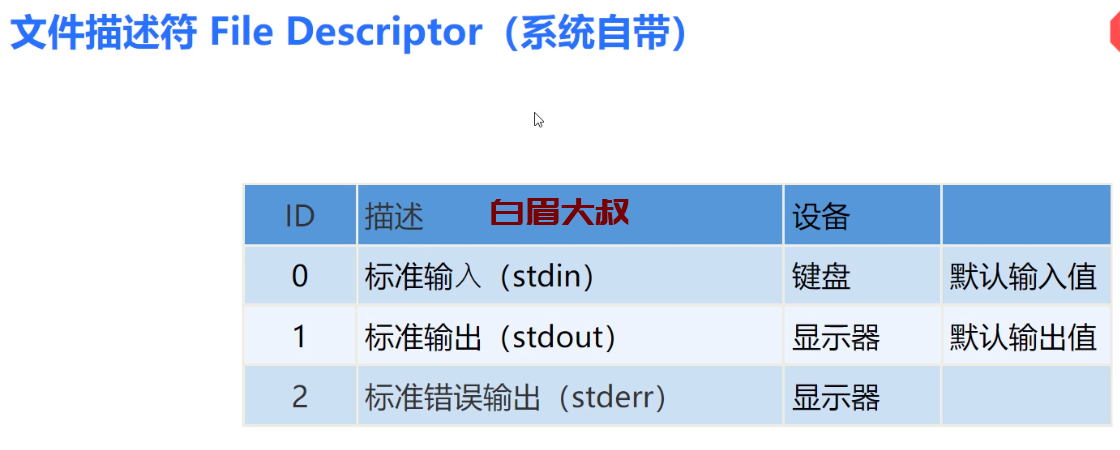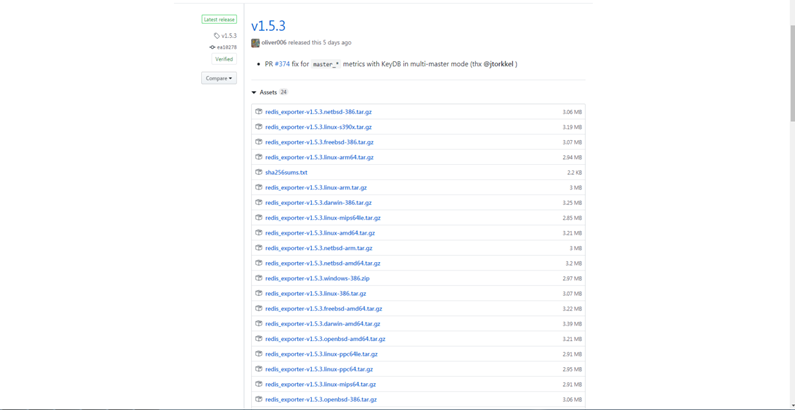插入到集合中:
要将记录(在MongoDB中称为文档)插入到集合中,使用insert_one()方法。insert_one()方法的第一个参数是一个包含文档中每个字段的名称和值的字典。
import pymongo
myclient = pymongo.MongoClient("mongodb://localhost:27017/")
mydb = myclient["mydatabase"]
mycol = mydb["customers"]
mydict = { "name": "John", "address": "Highway 37" }
x = mycol.insert_one(mydict)
返回 _id 字段:
insert_one()方法返回一个InsertOneResult对象,该对象具有一个属性inserted_id,其中包含插入的文档的ID。
mydict = { "name": "Peter", "address": "Lowstreet 27" }
x = mycol.insert_one(mydict)
print(x.inserted_id)
插入多个文档:
要在MongoDB中的集合中插入多个文档,使用insert_many()方法。insert_many()方法的第一个参数是包含要插入的数据的字典列表。
mylist = [
{ "name": "Amy", "address": "Apple st 652"},
{ "name": "Hannah", "address": "Mountain 21"},
{ "name": "Michael", "address": "Valley 345"},
# ...
]
x = mycol.insert_many(mylist)
# 打印插入文档的 _id 值列表
print(x.inserted_ids)
插入多个文档,指定ID:
如果不希望MongoDB为文档分配唯一的ID,可以在插入文档时指定 _id 字段。确保这些值是唯一的,两个文档不能具有相同的 _id。
mylist = [
{ "_id": 1, "name": "John", "address": "Highway 37"},
{ "_id": 2, "name": "Peter", "address": "Lowstreet 27"},
{ "_id": 3, "name": "Amy", "address": "Apple st 652"},
# ...
]
x = mycol.insert_many(mylist)
# 打印插入文档的 _id 值列表
print(x.inserted_ids)
查找一个:
要从MongoDB集合中选择数据,可以使用find_one()方法,它返回选择中的第一个文档。
import pymongo
myclient = pymongo.MongoClient("mongodb://localhost:27017/")
mydb = myclient["mydatabase"]
mycol = mydb["customers"]
x = mycol.find_one()
print(x)
查找所有:
要从MongoDB集合中选择所有文档,可以使用find()方法。在find()方法中不指定参数会给出与SQL中的SELECT *相同的结果。
import pymongo
myclient = pymongo.MongoClient("mongodb://localhost:27017/")
mydb = myclient["mydatabase"]
mycol = mydb["customers"]
for x in mycol.find():
print(x)
仅返回部分字段:
如果想仅返回部分字段,可以在find()方法的第二个参数中指定要包含在结果中的字段。
import pymongo
myclient = pymongo.MongoClient("mongodb://localhost:27017/")
mydb = myclient["mydatabase"]
mycol = mydb["customers"]
for x in mycol.find({}, {"_id": 0, "name": 1, "address": 1}):
print(x)
不允许在同一对象中同时指定0和1值:
不允许在同一对象中同时指定0和1值,除非其中一个字段是 _id 字段。
import pymongo
myclient = pymongo.MongoClient("mongodb://localhost:27017/")
mydb = myclient["mydatabase"]
mycol = mydb["customers"]
# 会出现错误,因为同时指定了0和1值
for x in mycol.find({}, {"name": 1, "address": 0}):
print(x)
高级查询:
要进行高级查询,可以在查询对象中使用修饰符作为值。例如,使用大于修饰符 $gt 可以查找 "address" 字段以字母 "S" 或更高字母(按字母顺序)开头的文档。
import pymongo
myclient = pymongo.MongoClient("mongodb://localhost:27017/")
mydb = myclient["mydatabase"]
mycol = mydb["customers"]
myquery = { "address": { "$gt": "S" } }
mydoc = mycol.find(myquery)
for x in mydoc:
print(x)
使用正则表达式过滤:
您还可以使用正则表达式作为修饰符,但正则表达式只能用于查询字符串。
例如,要仅查找 "address" 字段以字母 "S" 开头的文档,可以使用正则表达式 {"$regex": "^S"}。
import pymongo
myclient = pymongo.MongoClient("mongodb://localhost:27017/")
mydb = myclient["mydatabase"]
mycol = mydb["customers"]
myquery = { "address": { "$regex": "^S" } }
mydoc = mycol.find(myquery)
for x in mydoc:
print(x)
 51工具盒子
51工具盒子




